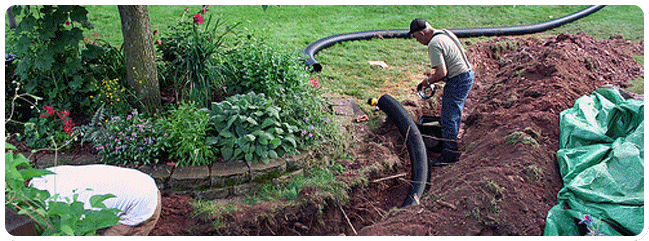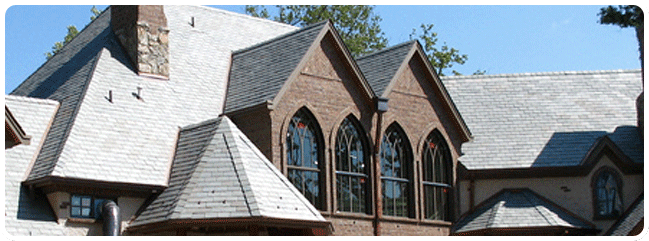TPO, or thermoplastic polyolefin, is becoming increasingly popular among homeowners because of its impressive durability and cost-effectiveness. In this blog post, we’ll explore the many benefits of TPO roofing and why it’s a top choice for modern roofing solutions.

How is it made?
This innovative material is made up of polypropylene, a chemical compound known for its elasticity and durability and commonly used in the manufacturing of a slew of both industrial and household products. Polypropylene is also known for its slippery characteristic, which means it can work well to repel moisture from potential roof wreckers like rain or snow.
The other important component of TPO is ethylene-propylene rubber, a synthetic elastomer related to rubber. TPO material is typically manufactured in sheets that are available in various sizes, and is distinguished by its bright white color. Because of this substance’s ability to resist weather, ozone rays, heat and oxidation, it is an ideal ingredient for this type of application. Source: Forbes
How does it differ from traditional roofing?
Traditional roofing materials include shingles, metal sheets, and tiles and come in a variety of materials, such as natural stone, wood, asphalt, clay, and more. Though they may vary in style and application, each of these options contains multiple, somewhat small pieces that roofers individually lay across the rooftop.
TPO roofing, on the other hand, does not come in pieces, nor is it individually laid across the surface of your roof. Since the TPO membrane is delivered on a large roll, a roofing team pulls the material across your roof and secures it via one of three methods: a bonding adhesive (glue), a mechanical attachment like a fastener, or a ballast or a seal that goes around the perimeters of your roof and secures using a ballast. Source: Angi
What are its pros and cons?
Pros
– Fairly resistant to tearing and punctures
– Resistant to mold
– Lightweight and flexible compared to other roofing materials
– Exceeds EnergyStar standards for energy efficiency
– It can be installed at any time of year (although dry conditions are a must)
– Highly resistant to UV rays and heating as a cool roofing material
Cons
– It does not last as long as EPDM roofing
– Not as flame resistant as PVC
– Most major repairs require a professional roofing contractor. Source: TodaysHomeowner
Having trouble deciding if TPO roofing is the perfect fit for your home? Don’t worry, we’re here to assist! Give us a call, and our experts will gladly guide you in finding the best roofing solution that aligns with your budget and specific needs.
Contact:
Kerrisdale Roofing & Drains
168 W 71st Ave, Vancouver, BC V5X 4S7
(604) 360-2114



















